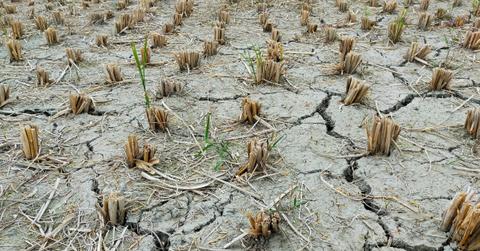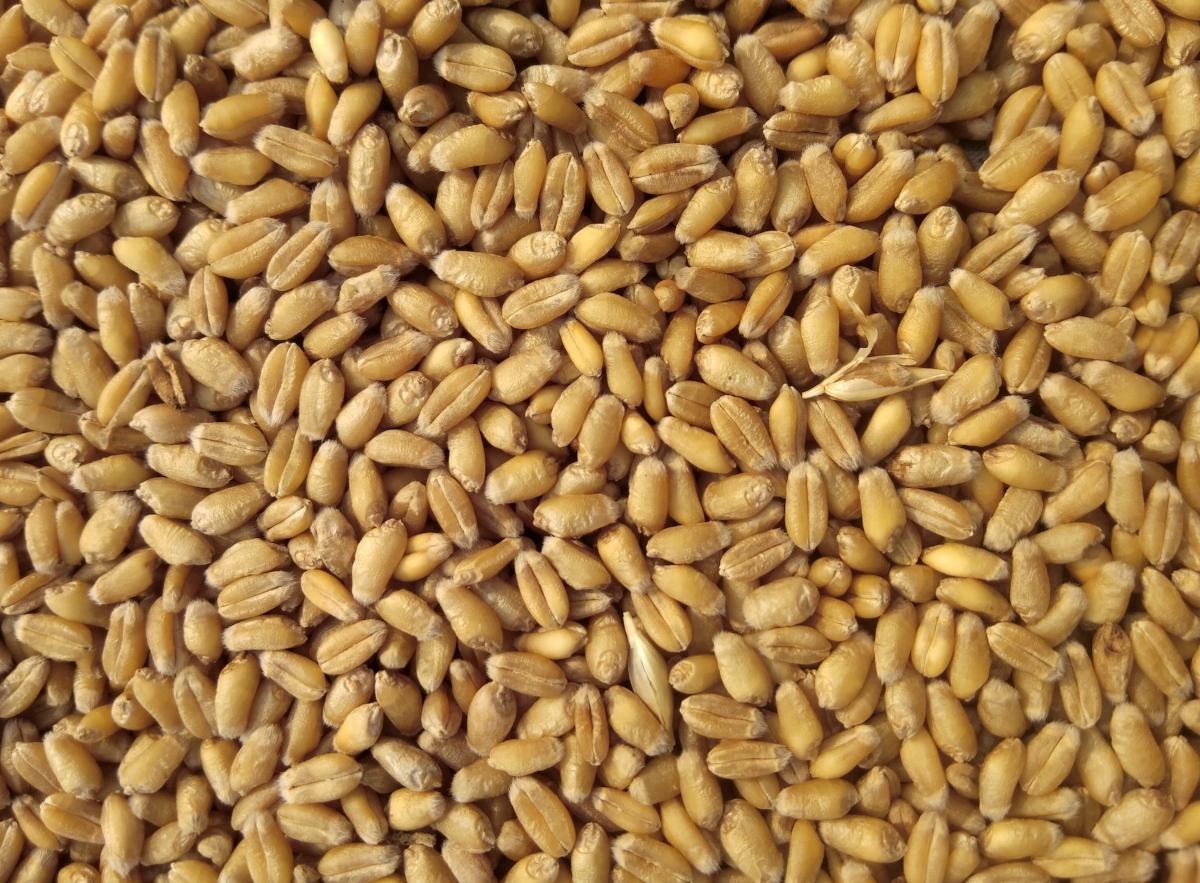Concerns About Global Food Shortage Intensify Amid Heatwave
Just when most people thought that the term “shortage” had exited our everyday life, the concerns about a global food shortage have intensified.
Aug. 25 2022, Published 8:16 a.m. ET
Just when most people thought that the term “shortage” had exited our everyday life, the concerns about a global food shortage have intensified. This time, it isn't the supply chain issues or the Russian invasion of Ukraine. Global climate change could threaten global food security in 2022.
In the U.S., the food supply chain has gotten a lot better. The shortage of CPG (consumer packaged goods) is now reverting to historical averages. U.S. consumers are also worrying less about a food shortage in the country, which is evident in the falling Google search for the term “food shortage.”
How did the food shortage situation get better?
The food shortage situation was never severe in the U.S. Some other countries, especially those that rely on imports, were impacted severely. The situation has improved globally partially because Russia let Ukraine export the food grains that it wasn’t able to export due to the war.
Amid a slowing economy, the demand has also come down. As the supply chain crisis has eased, the shortage situation caused by supply chain bottlenecks has also withered away. However, the celebrations about the easing food shortage situation were premature.
Climate change is threatening food production in 2022.
Climate change in different parts of the world is threatening global food security in 2022. There has been a severe heatwave in Europe and China, which is the world’s largest food producer. The heatwave and drought are threatening China’s 2022 food production.
Lin Zhong, a professor at the City University of Hong Kong thinks that water shortage and damage to crops in China can “spread to other food-related sectors, resulting in a substantial price increase or a food crisis in the most severe case.”
India battled a heatwave and is now facing floods and a drought.
India battled a severe heatwave earlier in 2022, including the early onset of the summer season which hit its wheat production. The country eventually imposed restrictions on wheat exports to meet domestic demand. The country’s wheat reserves have fallen to multi-year lows and there were reports that it's looking to import some wheat to augment the reserves. However, India has denied that it's looking to import wheat.
While some parts of India are battling a severe drought, some others are witnessing floods. These factors might hit the food production in India, which is the world’s second most populous country.
Ukraine’s food production has been impacted in 2022.
There are varying estimates of how much food Ukraine can produce in 2022. Many people left the country after the Russian invasion. McKinsey thinks that Ukraine’s 2022–2023 harvest will fall by around 30 million tons. A lower acreage was planted and some of the grain might not get harvested.
Climate change is threatening global food security.
While some including former U.S. President Donald Trump see climate change as a “hoax,” the instances of extreme weather conditions have not only become more frequent but also intense. While the Russia-Ukraine war and supply chain issues were short-term bottlenecks, the world might need to act against climate change much faster than the current commitments.
Coming back to the expected food shortage in 2022, while things still aren't that dire, more crop destruction due to negative weather conditions could play havoc with the already fragile food supply situation. Low-income countries, especially those which import a lot of food products, are among the worst affected as high food prices only compound the problem for them.



